Hi, I am Anshul Gupta, IIM Kozhikode’s representative for Olympus.
Determined, enthusiastic and hopeful, I am here to leave a mark.
Visit this page for updates from my side.
—
Question of the day – 02/01/08
Who amongst the other 5 candidates do you think is your biggest competitor in Olympus 2008?
It’s been quite some time since the finalists for Olympus were declared from each of the IIMs and it has been a great experience till this point where we now stand at the doors of the final round.
I would have really liked to interact with the other contestants by email, phone, Gtalk and the like, but given the pressures of daily life and packed schedules – time sure is at a premium. I look forward to meeting all in the final lap of our journey to the goal of winning the competition.
All the posts by my peers have delved upon the crucial issues that India faces at the juncture; at its inflection point – a time my generation and the one to come will remember as the one that saw the realization of this nation’s potential and its dreams. Also, going through the comments and the discussion in general, it seemed that the posts made a deep impact in the reader’s minds.
To come to the question, I would base my opinion on the posts that I have gone through. I liked Kaushik’s style of bringing out issues and then linking them with real life examples. There seem to be few places in the world that he has not been to, given that he always associates his experiences very well with the questions of the day. I feel he is the strongest competitor that I face at Olympus 2008 for his clarity, thought process, creativity and a keen sense of detailing. It will be fun competing with him and others in the final rounds.
I would like to imagine what a contestant at the final round of a beauty pageant would feel. I am not sure if it’s the same feeling but sure should come close. Don’t expect tears at the finals though! 🙂
May the best win and I’ll die another day!
—
Question of the day – 01/01/08
Educated, energetic and able youngsters of our country (except those belonging to some political linage) often shy away from entering politics and hence do not take up a direct responsibility of making a positive impact on the society. Comment.
‘Politics is not the art of the possible. It consists in choosing between the disastrous and the unpalatable.’
– John Kenneth Galbraith
Who has the biggest stake in seeing our nation progress, well profession wise. Politicians?
The political system in India has become a closed group culture – of dynastic families and industry barons, where it has become difficult to make a mark. Something that marks the very mention of politics in India are unethical practices, corruption and criminalization. So much so that, instead of criminalization of politics, the phrase now reads ‘politicization of criminals’. The political space that was once available to the youth of this country namely NGO’s, student unions and social workers has been eroded over a period of time and now been rendered largely ineffective.
The ineffectiveness of the political system is a reflection of the society – as the people get the leaders they deserve. But, in the past few years, a few lead sectors or lead sections have nurtured to life where one can feel the impulses that will drive positive reform. The IT workforce today represents a part of the Great Indian dream and are in a position to make a significant impact, social voices that will make heads turn and take notice. Good practices that are driving corporate India will spillover in politics. Initiatives such as the Right to Information act and E-governance will help the creation of an ecosystem where a young leadership of India can develop.
The existence of high entry barriers into politics has created a perception of nepotism and corruption winning over the determination to make a positive change in society. Small pockets of student groups trying to clean up the system is not enough. A more concerted effort in the form of national action is warranted. Student unions were once the breeding ground for youngsters to get involved in fighting for the issues that impact the common man. The fight and the unity of the medical students across India is a fine example of the power of student activism and impact. Sadly, we don’t see this enough and often and young leaders emerging out of such conflicts is few and far in between.
For better or for worse, the value system of today’s youth is undergoing a change. We want to succeed as soon as possible with the most efficient path and comforts of life. Succeeding in politics is a long and hard path, where one has to win the confidence of the people on a regular basis. Quirky that Indian politics is there is no fixed parameter for judging the pulse of the people or for knowing the path to success in politics. Considering that most of the educated youth of the country in the cities and small towns is embracing a westernized way of living, how much really does one know about the pains of the people in a government hospital or the difficulties of the people traveling in the general compartment of the Indian railways. Also, the stress given on efficiency and a linear path of working out solutions will not work in the Indian context, given that in our democracy a substantial amount of our population is illiterate. Patience and a strong will coupled with taking up issues that are closer to the people are the qualities that need to be inculcated in a young leader.
It is times of distress in India that brings to fore, the next wave of leadership. Be it the emergency (JP) or the Indian freedom struggle (Bhagat Singh), collective effort at the national level is what can get us closer to what Gandhiji dreamed about the governance in India – ‘Ram-Rajya’
I would like to close with an interesting article about the youth support to a certain gentlemen hopeful of being a Presidential candidate in the US elections, whose middle name is ‘Hussein’ and the last name rhymes with Osama Bin Laden.
—
Let me begin by wishing all a very happy new year!
Question of the day – 31/12/07
On the eve of the new year what targets should India as a country set for itself to achieve in 2008?
‘Sarve Bhavantu Sukhina, sarve santunirama, sarve badrani pashyntu, ma kashchit dukha babhave’
Meaning May all be happy. May all be healthy. May all attain peace and perfection. May no one bear suffering or pain.
Drawing from these ultimate objectives for the citizens of a nation and going beyond stating the obvious (poverty reduction, universal education and healthcare, equitable growth and the like), I would like to draw upon my observations, thoughts and ideas to take the topic forward. Nobody understands and undertakes missions more than India and also given our penchant for Top 10 everything, here’s a look at what I feel could be targets that India could set in 2008 in a very local flavour:
Number 10: Youth Rajneeti Mission – Educated youth need to enter politics; it is the need of the hour. Lok Patritran appeared, made a lot of noise, fought among themselves and disbanded. Will we – the youth have the courage to take up the responsibility to lead the nation? If we can have four such people in the next parliamentary elections, would it be a good start? Only time can tell.
Number 9: Chandrayaan Launch Karo Mission – More symbolic than substance (at first look) and coming from ISRO, it will be a challenge, as always has been, to launch this in 2008 within estimated costs.
Number 8: Atithi Devo Bhav Mission – Tourism has the potential to drive national economies and India has just been able to scratch the surface. Infrastructure being the obvious requirement, change in mindset and attitude being the not so obvious. Declaring 2008 as the year of the international athithi (or devo) may be a start…(or have we tried that before?)
Number 7: Jal Poorti Mission – It is a matter of great concern that after so many years of independence and technological development, we have not been able to deliver drinking water to the citizens of this country. Whatever be the means – the river linking project or building a network of canals or even sea water desalination, our collective efforts can ensure that we can put this behind us, once and for all. Let 2008 be the year we made a start to overcome this challenge.
Number 6: Anivarya Infrastructure Banao Mission – Compulsory for one member of each family across India to contribute to the ongoing infrastructure development programmes (road, bridges, trains, port, airport, etc.). Contribution could be monetary or manual labour.
Number 5: English Saksharta Mission – To make all efforts to ensure the language that the world uses for business, finds a much broader usage. A commendable endevour in this regard: privileged english-educated school children passing on their knowledge to less fortunate children. Something that has been happening in Kolkata, needs to implemented Pan India.
Number 4: Rashtriya Cleanliness Mission – To make cleanliness a national passion (a la Singapore); discipline being the driving force; enforcing fines being the last resort.
Number 3: Bacha Bacha Laptop Mission – To ensure that each child has access to a laptop to provide him that world of opportunities. I, along with a friend have been working on the delivery mechanism and feasibility of such an undertaking.
Number 2: Gantantra Bachao Mission – With an example in the form of our immediate neighbour, it makes good sense for us to preserve and safeguard our fabric of democratic values – something that we should be proud of.
and finally …
Number ONE: Energy Vikalp Mission – To engage the collective brainpower of India into finding a solution to India’s hunger for energy through cleaner sources of generation. Add to it climate change control, forest and energy conservation and we are on our way to a brighter future and 2008 will be a landmark year when India led the way for the world to follow.
Finally, I leave you with one of my favorite video clips. Bharat Bala productions is known to produce brilliant short films and this one is no exception.
—
Question of the day – 30/12/07
Will cooperation rather than competition amongst the IIM students’ community, help in building a stronger brand in the long run?
“Competition is inevitable; it is human nature” – Alfie Kohn
IIM students qualify through one of the most competitive exams in the world and IIMA has been rated by the Economist (2001) to be the toughest B-school in the world to get into, tougher than the likes of Harvard and Wharton.
It is but natural that intense competitive spirit should form the basis of the dealings of the students which then progresses up to the institution level. All IIMs compete each year for the best of the elite students to join their respective campuses placing before them a wide array of information ranging from placements, infrastructure, faculty to student ratio, student exchange opportunities and sometimes treading on that delicate line of denigrating other B-schools.
Healthy competition is the basis of progress of individuals and the same holds for institutions as well. Competition has always been and will continue to exist in the IIM system. It is cooperation that needs to be worked upon, improved and brought to such a level that the IIMs are able to make a major global impact, be it in academic research or corporate circles.
It is the high value of management education that attracts corporate houses and hence research is the cornerstone for management education. The crux is that “no world-class academic institution can afford to dissociate itself from world-class research”. Sharing of academic resources, methodology of teaching (to bring about diversity), relevant case studies and creativity and innovation in designing courses can bring about a change for the better in the academic environment of the campuses. Faculty crunch across IIMs is a problem that will only escalate with time. Collaborative research and more exchange of faculty within the IIMs is something that can ease the pressure and enhance cooperation in academic research and industrial involvement.
Certain gaps exist in the communication and decision making when it comes to a show of Inter-IIM unity; case in point – the fee cut issue when all of the IIMs could not come to a common consensus on how to deal with the issue. That the cream of corporate India recruits from all the IIMs is common knowledge. The next wave of recruiters holding big salaries and dream roles are the global giants spread across the world. It is my understanding that the alumni of all the IIMs play the pivotal role in persuading a potential recruiter to visit any campus. While this again will reach a saturation point, IIMs will have to reach out to newer and bigger potential names that will have no such advantage as an alumni. It is here that the combined brand power of the IIMs comes into play. It becomes so much easier when the person one is trying to reach out is aware of the brand name of the other. Looking purely at the placement process, there is a number of good offer losses for a company recruiting across campuses. Besides for many niche areas such as media, advertising, NGO’s and HR, the companies might get a good pool of candidates when there is cooperation between different IIM campuses.
The IIMs should lead the way for other Indian B-schools in evolving fair practices and guidelines for the reporting of placement figures. Given that placement figures have come to occupy a prestige point and a cause of great debate, the IIMs could follow the example set by the US B-schools in this regard. The MBA Career Services Council (CSC) has set a good example of how data can be standardized across campuses with minimal ambiguity and this can be subsequently used by credible B-school ranking agencies for an objective and fair view of the rankings process.
India has been ranked second out of 37 countries in the GEM report (2002) signifying a considerably greater level of entrepreneurship activity. How much of this has translated into IIM graduates taking up entrepreneurship as an option after graduation is a matter of research and debate. Increased cooperation between the alumni and the entrepreneurship cells can lead to a support system for the students who decide to pursue their heart’s calling. Pan IIM meets are a good start in this respect.
IIT’s and IIMs, along with IISc and ISI are probably the best known brands that India has produced in the global brainpower arena. The IITs have been more successful in putting across a brand image to the world that they are a single unit with branches across India. Efforts have been on to bring IITians, irrespective of the campus, to a common platform by organizing the annual Pan IIT alumni meet. While the camaraderie and bonding among the students from a certain IIT is more apparent; to the outside world, the collective brainpower and the talent of India is visible on a single arena. IIMs have not been able to project the kind of strong brand image that IIT’s currently enjoy across the globe. Partly because the IIT alumni have been able to carve a name for them and not without reason, some of them heading some of the top Fortune 500 companies and also their successes in the Silicon Valley.
Many of the global B-school rankings consider IIMs as a single unit. If we ever have to feature among the top 10 world education rankings, we will have to leverage on each other’s strengths. When we compete with the foreign universities, it is a totally different paradigm. The rise of ISB and the impending entry of foreign universities setting shop in India will present an entirely new challenge, even to the top campuses. Besides, the announcement of the prime minister of setting up seven new IIMs in the next five years will require another analysis of the impact on the brand name and the future direction of the present IIMs.
Ultimately, competition is cooperation. Competitors are cooperating to bring out the best in each other by being in the same place at the same time and following the constraints that have been set – true in this case as well.


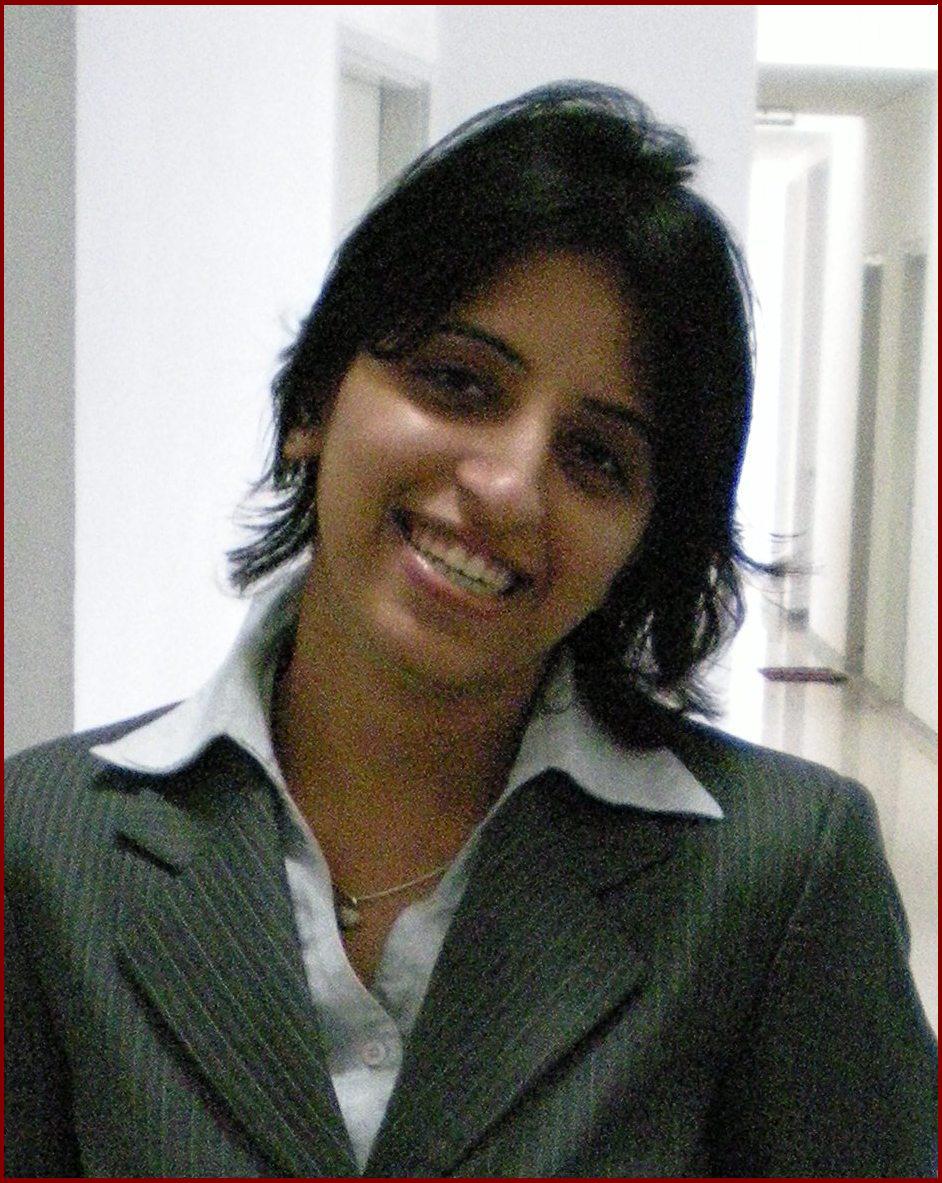
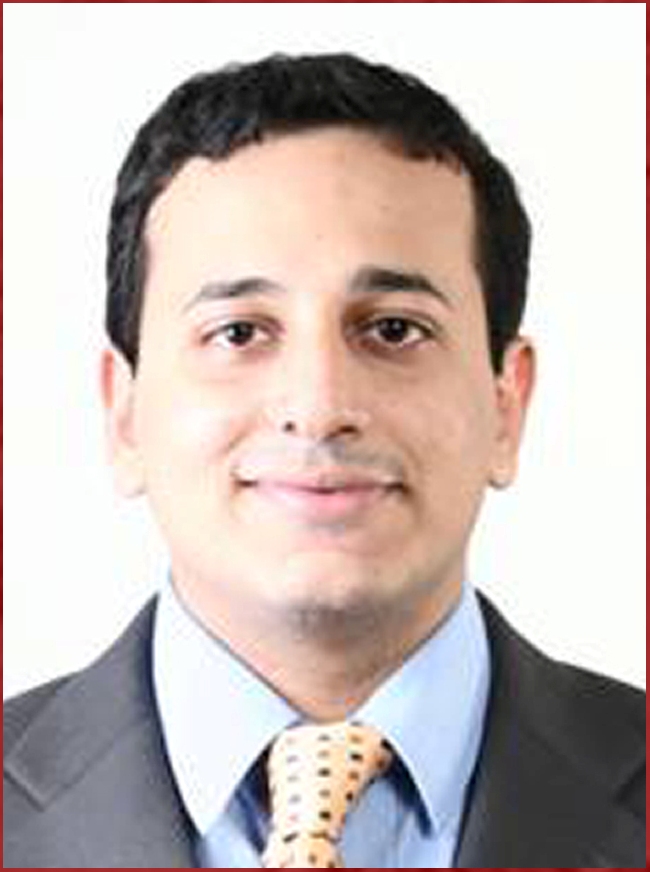

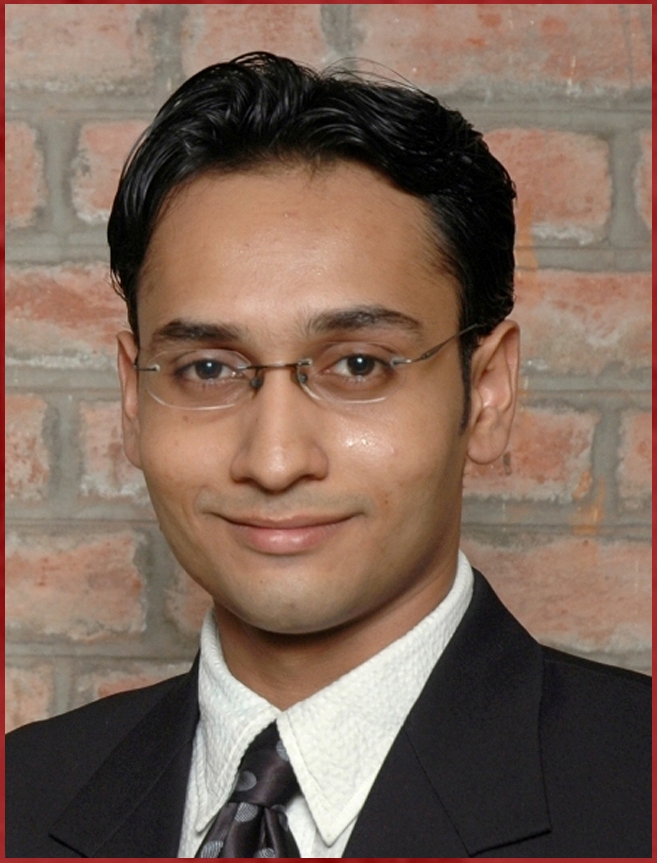
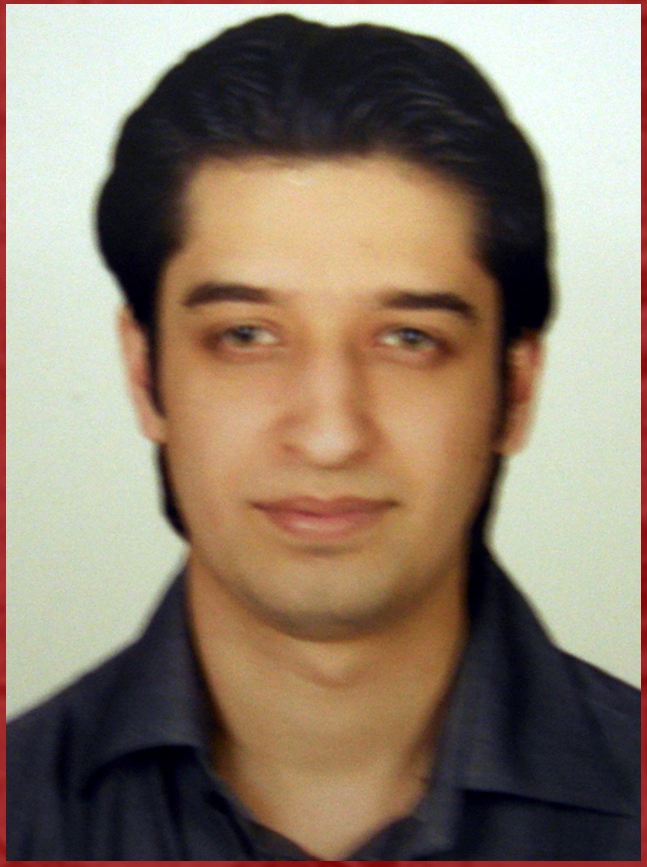
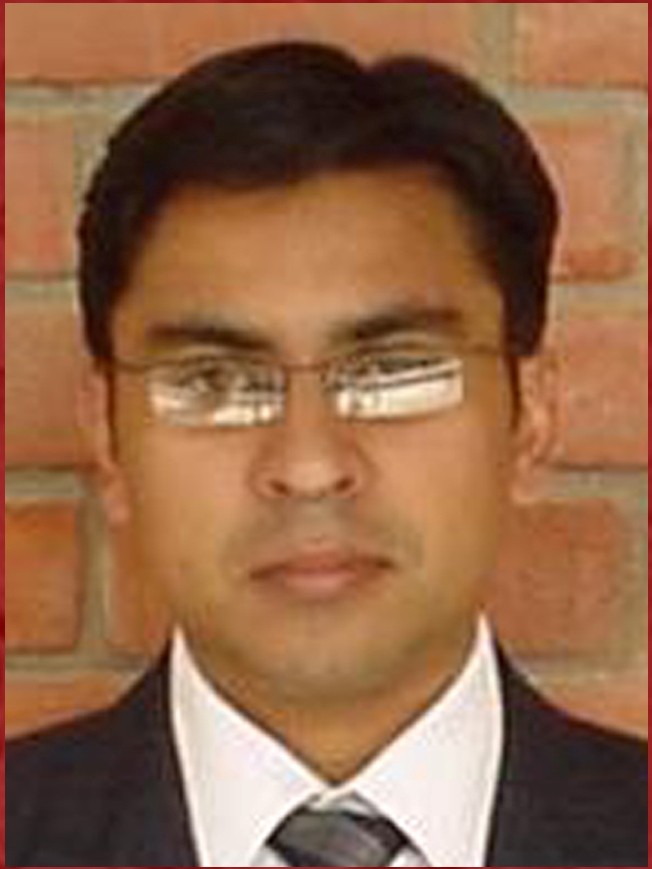
I liked the Top 10 targets you listed for India in 2008. Point 4 actually got me thinking. Earlier this December, I was a part of an outbound academic tour where we visited Singapore. You know – the solutions you pointed out for cleanliness – discipline and fines – they could actually be the solution of a much larger problem. Accountability. Democracy has its own ramifications – and whether it be corruption or apathy – there exists loopholes of elephantine proportions that allow law-offenders to walk away unpunished.
The Singapore embarkation card actually contains a warning to visitors about the death penalty for drug trafficking. Even amongst the citizens – a fear of being pulled up for a breach has – over the years, led to discipline. Difficult to implement in this country – but I do hope I am wrong.
Btw – nice video and an even better background score.
Nice answers………….u gonna win …ATB